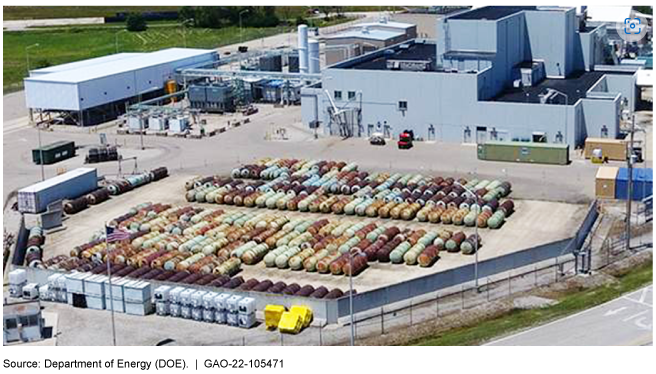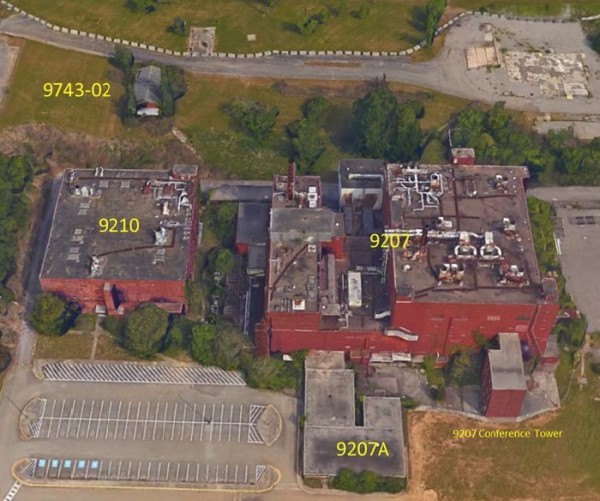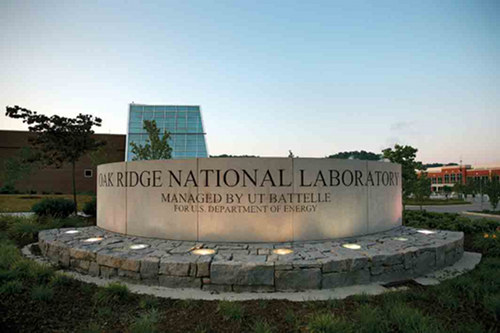
Depleted uranium hexafluoride storage cylinders at the U.S. Department of Energy’s Portsmouth, Ohio, Conversion Facility. (Photo from U.S. Government Accountability Office report)
The U.S. Department of Energy estimates it could cost at least $7.2 billion to convert and dispose of tens of thousands of cylinders of depleted uranium hexafluoride, a dangerous, corrosive waste byproduct of the uranium enrichment process. Some of the waste came from the former K-25 site in Oak Ridge and is now stored in Ohio, but a portion of the converted depleted uranium could eventually be returned to Oak Ridge for use in nuclear weapons.
The rest of this story is available if you are a member: a subscriber, advertiser, or contributor to Oak Ridge Today.
Already a member? Great! Thank you! Sign in here.
Not a member? No problem! Subscribe here:
Basic
- Basic monthly subscription ($5 per month)—access premium content
- Basic annual subscription ($60 per year)—access premium content
Pro
- Pro monthly subscription ($10 per month)—access premium content, get breaking news emails first, and submit one press release or public service announcement per month
- Pro annual subscription ($100 per year)—save $20 per year, access premium content, get breaking news emails first, and submit one press release or public service announcement per month
Temporary
If you prefer to send a check, you may do so by mailing one to:
Oak Ridge Today
P.O. Box 6064
Oak Ridge, TN 37831
We also have advanced subscription options. You can see them here.
We also accept donations. You can donate here. A donation of $50 or more will make you eligible for a subscription.
Thank you for reading Oak Ridge Today. We appreciate your support!







